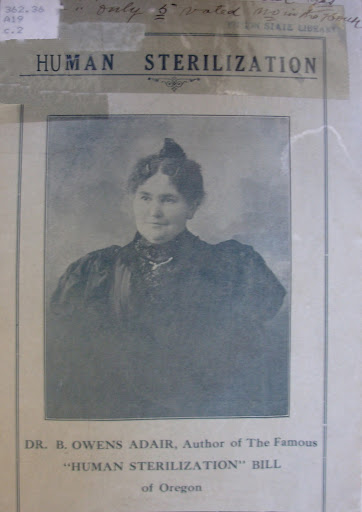The following article was found in a scrapbook in the Oregon State Hospital Museum Collections. From the text it appears that it was published in the Oregon Statesman Newspaper in 1965, although exact publication date is unknown.
 Charles Robinson, whose service as a psychiatric aide and a supervisor of aides stretches to the days when the OSH was known as the state insane asylum,* will be honored by hospital employees Wednesday as he retires.
Charles Robinson, whose service as a psychiatric aide and a supervisor of aides stretches to the days when the OSH was known as the state insane asylum,* will be honored by hospital employees Wednesday as he retires.
Robinson, who was 65 in January, has been a hospital employee since 1934, except for three years in the service in world War II. Since 1945 he has been supervisor of aides.
More Pleasant today.
Services as a mental hospital aide has never been easy, but it’s a more pleasant job now than it was before the advent of drugs, Robinson recalls.
Treatment in 1934 was custodial only for the vast majority of patients; about 2100 were crowded into the old Center building and the Dome building at OSH.
“I was scared to death for the first five or six weeks,” Robinson recalls. “In those days they just handed you the keys, sent you to a ward and you went to work.” Read the rest of this entry »
 The following is an excerpt from an Oregon Journal newspaper article published on Tuesday, April 20, 1965. The changes described would not last long. By 1969, patient clothing reappeared in the news. Articles in the Capital Journal (May 8th) and Oregon Statesman (May 10th) describe phasing out uniforms at the State Hospital.
The following is an excerpt from an Oregon Journal newspaper article published on Tuesday, April 20, 1965. The changes described would not last long. By 1969, patient clothing reappeared in the news. Articles in the Capital Journal (May 8th) and Oregon Statesman (May 10th) describe phasing out uniforms at the State Hospital.
 One of the most vocal proponents of women’s suffrage in Oregon was also the leading proponent of Eugenics legislation which would affect the lives of hundreds of patients at the Oregon State Hospital. Beginning in 1907,
One of the most vocal proponents of women’s suffrage in Oregon was also the leading proponent of Eugenics legislation which would affect the lives of hundreds of patients at the Oregon State Hospital. Beginning in 1907, 

